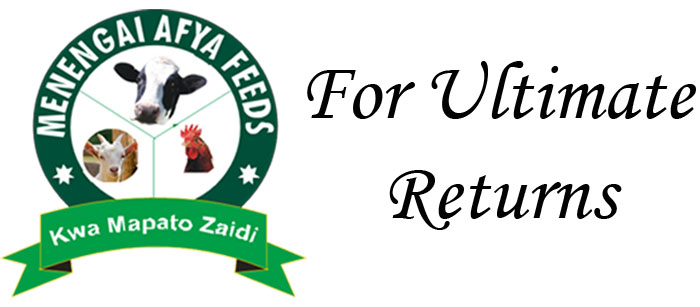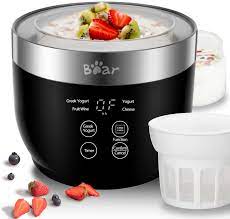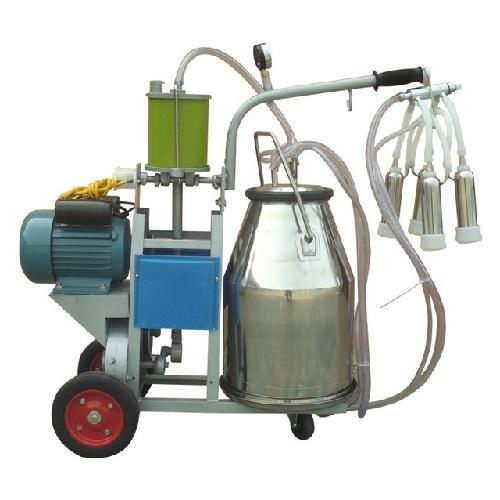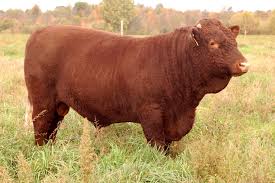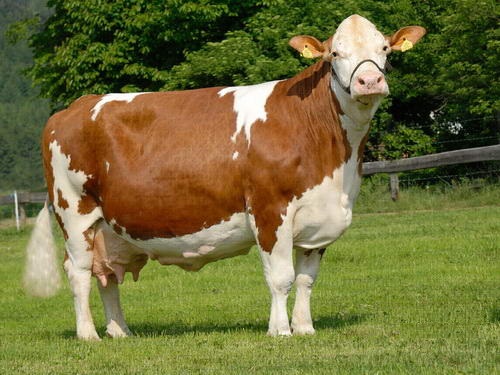Yogurt is cultured milk. It is made by heating milk and combining it with two live cultures—Lactobacillus bulgaricus and Streptococcus thermophilus. The warm milk creates the perfect environment for the bacteria to grow, thickening the milk to create yogurt. The word “yogurt” comes from the Turkish “yogurmak ,” which means “to thicken.” It was first […]
Category Archives: Uncategorized
Are you building a farm and having trouble deciding between hiring labour or buying automatic milking machinery? Or is your traditional dairy farm simply growing and you are considering an upgrade to milking machines? In either case, it is essential to make your choice depending on the advantages and disadvantages of both systems. Advantages of […]
Raising dairy steer calves for profitable beef production Dairy steer calves can be an economically viable enterprise on dairy farms or as a stand-alone beef production operation. Current beef prices offer opportunities raise dairy steer calves up to various weights at economical cost of production levels. Fed dairy steers make up about 15-20 percent of […]
Feeding mycotoxins contaminated rations can lead to the appearance of mycotoxins in milk. But the rate of carry-over from feed to milk can vary. Nevertheless, contaminants in the feed should be prevented to keep the milk quality at the desired level. Many factors on farms are known to influence milk quality. These include; dairy cow […]
Fleckvieh is a hardy breed that can resist diseases, eats less and produces more high quality milk. Kenyan dairy farmers are used to the common exotic breeds of dairy cows such as the Holstein-Fresians, Ayrshire, Guernsey or even Jerseys. For two years now, a new cattle breed has attracted the attention of Kenyan dairy farmers: Fleckvieh […]
